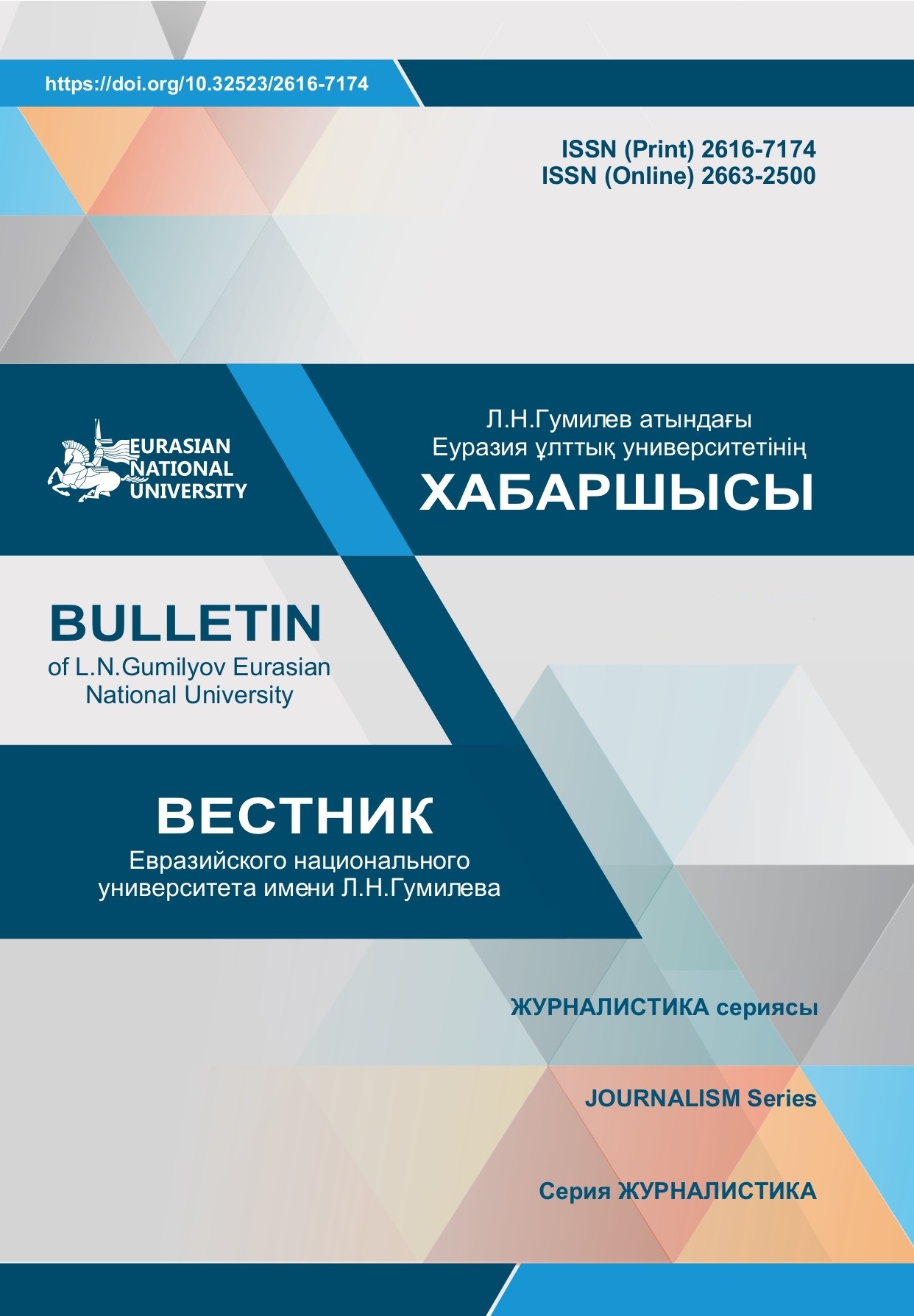Modern virtual rhetors: synthesis of traditional and new practices
Views: 122 / PDF downloads: 57
DOI:
https://doi.org/10.32523/2616-7174-2025-151-2-145-161Keywords:
stylistics, digital communication, rhetoric, blogosphere, media discourse, KazakhstanAbstract
This article examines the linguistic and stylistic techniques employed by modern “digital” speakers, bloggers and podcastersand how they differ from traditional rhetoric. The study is based on an empirical analysis of over 50 video materials from YouTube in three languages—Kazakh, Russian, and English—allowing for a comparative examination of stylistic and linguistic strategies within the blogosphere. The research employs methods such as observation, comparison, content analysis, and experimentation. Findings indicate that rhetoric shaped by the virtual environment is characterized by conciseness, the use of informal or “liberal” vocabulary, and simplified syntax. The study establishes a direct correlation between the frequency of stylistic techniques and the number of subscribers. Additionally, it is determined that the most in-demand rhetorical style is the so-called “Internet style,” which in antiquity was classified as low or ordinary style. The research identifies key patterns in the evolution of stylistic approaches to digital speech, including a tendency toward brevity, metaphorical expressions, and the integration of communication techniques that transcend ethnic or cultural boundaries.


